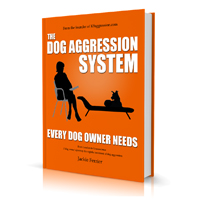Your cart is currently empty!
How anxiety relates to dog aggression and why we need to treat it
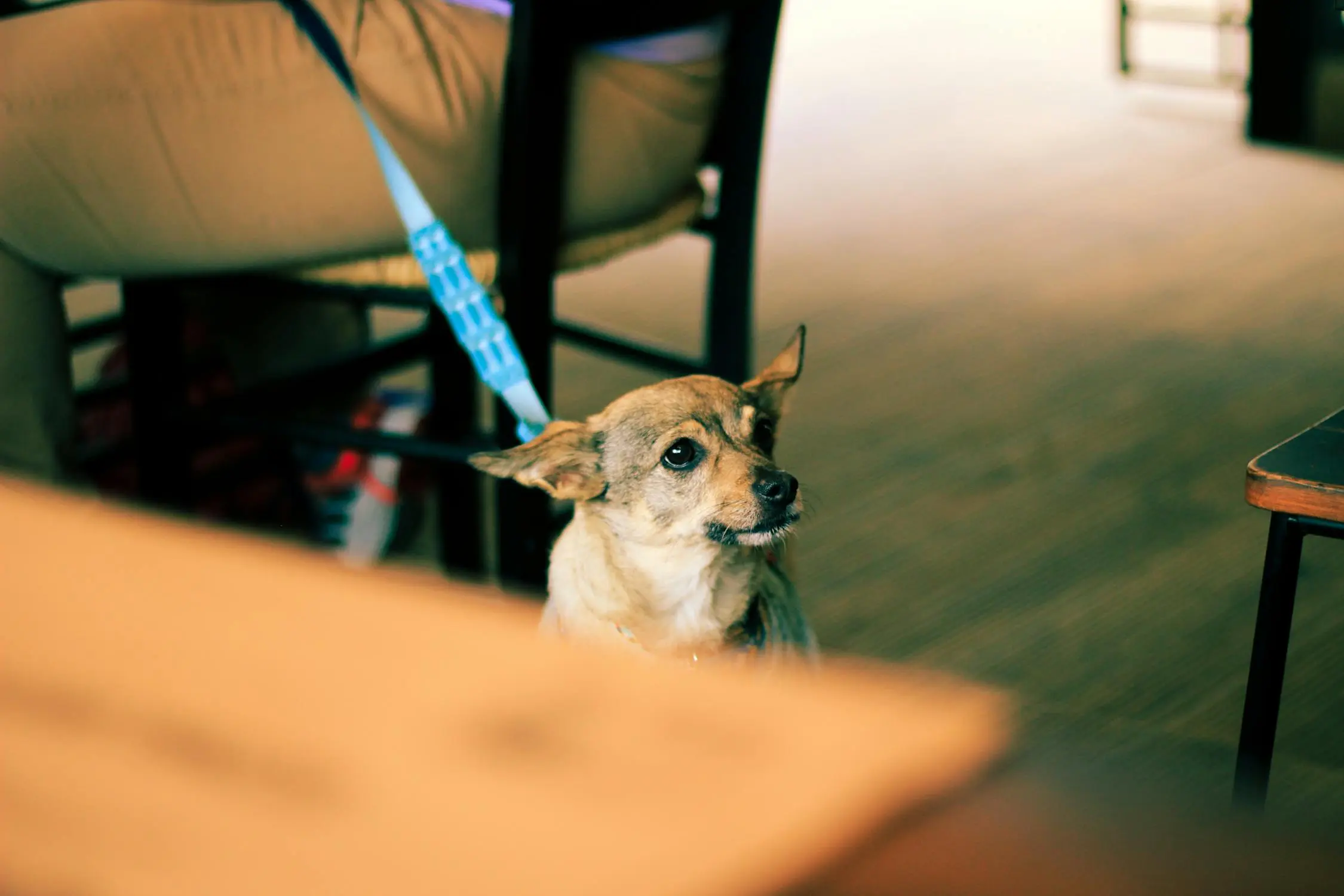
While you may think your dog is aggressive because of the neighbour’s black dog or the guy wearing that crazy hat, it is now believed by the scientific community that anxiety or uncertainty underlies most dog aggression (1). That anxiety or uncertainty in dogs underlies dog aggression is not immediately obvious. As a result it is overlooked unless you are aware of it. In fact you might want to check that any of your dog’s odd personality quirks are not a result of anxiety. And can your anxious dog who has not been aggressive before, become aggressive? In a word, yes.
When anxiety is not treated, but the aggression is suppressed, the anxiety can manifest in a different problem behaviour

Dog aggression is a complex problem. Given that that is most is rooted in anxiety punishment, shock collars, electric containment systems, choke chains, etc. can actually make dog aggression worse.
One of the troubling things about using punishment to control dog aggression (if it works and it often doesn’t) or any behavior in fact, is that it only suppresses the behaviour. It hasn’t eliminated the underlying cause. If anything it’s probably only increased the problem, which result in a more dangerous dog that may only be just keeping themselves together.
This is a problem for aggressive dogs that suffer from an anxiety disorder. When dog aggression is suppressed, but the anxiety is not treated, the anxiety can manifest in a different dog behavior. For example, self-induced lesions from licking and biting or other obsessive-compulsive behaviors can start to occur. Sadly, you might never make the connection or you might even see this new problem behavior tolerable to live with.
Should Medicine be a Last Resort?
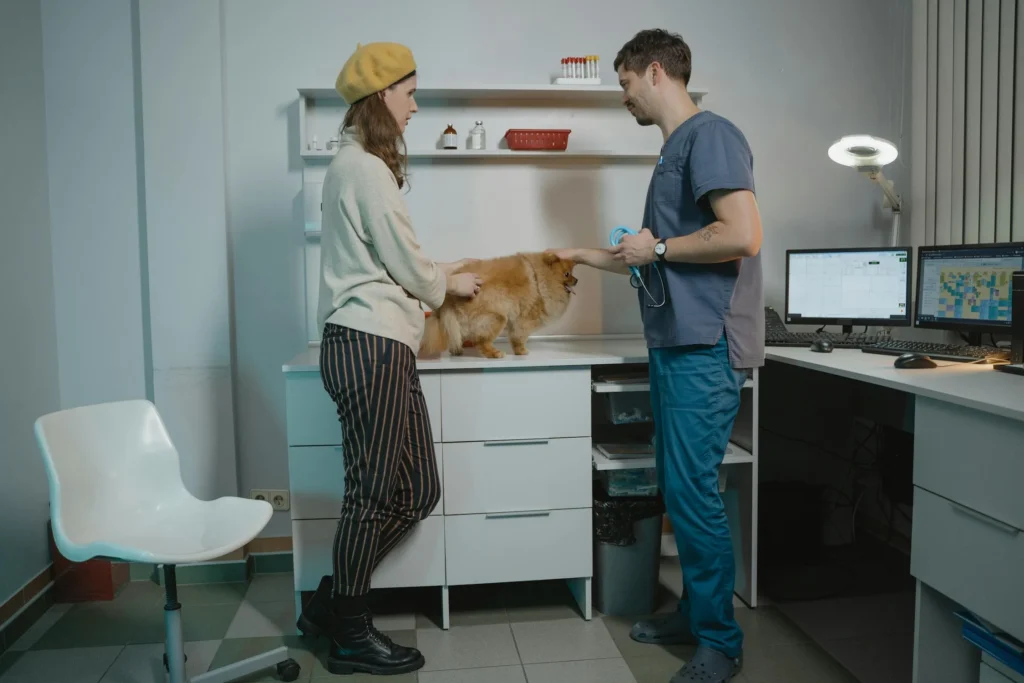
Ultimately, whether or not your dog needs medication should be determined by a veterinary behaviorist. Medicine is seen as a quick fix by many, and seen as a bandaid solution, a crutch or a last resort by others. Both views are incorrect.
Dogs will need behavior modification in order to make new positive associations with the conditions that have elicited the aggression. However, dogs that need medication will not progress very far without it even under the best behavior modification practices, because the anxiety takes priority over everything else.
Anxiety is not just a behavior: from your dog’s perspective it can affect everything in your dog’s life even if you don’t recognize it. Medication might make all the difference in giving your dog a chance to breathe. Otherwise it makes it very difficult to learn.
These dogs may be incapable of relaxing. They may see or anticipate threats everywhere. It is not a choice, it is simply how they are wired. If your dog is diagnosed with anxiety, this should be a first report, not a last. But it should never be prescribed without proper behavior modification.
How Behavior Modification Practices Can Make Anxiety Worse
Systematic behavior modification is really the only way to directly change the moods and attitudes that are associated with behavior problems. On the surface, behavior modification appears to be a relatively simply concept: associate positive experiences with the target of the dog’s aggression or reactivity.
Unfortunately without taking the underlying state into account, many dog owners and even dog trainers do not get very far. They either conclude that behavior modification doesn’t work, or the dog is beyond help.
A lack of aggression is not necessarily progress
It’s not enough to persuade a dog with a fear of people to take a treat for a stranger’s hand. Unfortunately people look at this willing to snatch at the cookie and run away as a sign of success because the dog did not bark or growl. Then we wonder why our dog reacts badly the next time. All we have done is created a situation for the dog where they are conflicted.
A key component in behavior modification is understanding that we come to be anxious about the fear or the anxiety itself. Exposure must start at the lowest levels of anxiety so they understand that at low levels, they can cope with the anxiety. This is the only way the dog can get used to both the “stimulus” (the thing that stimulates the anxiety) and the anxiety itself. This is the only way desensitization can occur.
Otherwise, if we expose them to the “stimulus” at higher levels, they don’t lose the dread of being anxious or fearful and the continue to associate those feelings with the stimulus. All we have done is created yet another highly anxious situation for the dog and further reinforced the the association between the anxiety and the stimulus making the situation worse.
What is it like for a dog to live with anxiety?

Dog anxiety might be difficult to understand because it doesn’t always look like what we think it should. A dog might not look flat out scared. But the same could be said for people. Anxious people do not always look like they’re anxious, although if we are with them long enough, we may start to see signs.
But are all driven by the same ancient neurochemistries. Various disorders in dogs mimic human disorders. In The Trouble With Testosterone and Other Essays On The Biology Of The Human Predicament (1997) Robert M. Sapolsky wites,
“People with anxiety disorders can be thought of as persistently mobilizing coping responses that are disproportionately large. For them life is filled with threats around every corner, threats that demand constant hypervigilance and an endless search for safety, a sense that the rules are constantly changing.”
Most of us probably have not looked at anxiety like that before, and we certainly don’t want that for our dogs! And if that quote is not enough to help us understand, these 12 thought provoking pictures by photographer, John William Keedy, who has struggled with his own anxiety might shed some light on just how mentaly consuming anxiety disorders are. In some cases a picture represents a thousands words, right? Click through to see them all.
“Photos Reveal What It’s Like to Have Anxiety Issues”
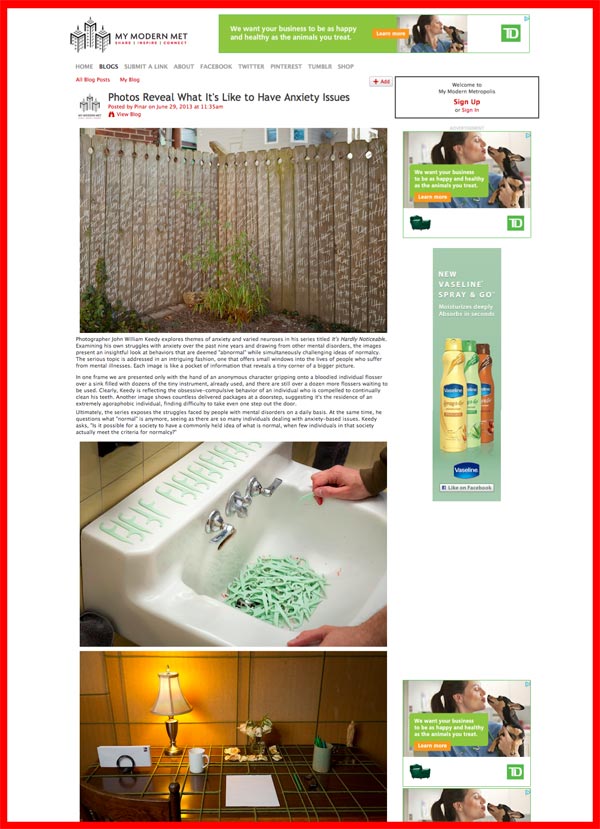
A more anxious dog is a dog with a lowered threshold to behave aggressively. If your dog is anxious or aggressive, you should consult a veterinary behaviorist. If you want to learn more about treating dog aggression, check out The Dog Aggression System Every Dog Owner Needs.
References
(1) McMillan,Franklin D, Mental Health and Well-Being in Animals,(p135) Blackwell Publishing, 2005,
(2) Overall, KL, Manual of Clinical Behavioral Medicine for Dogs and Cats, (p. 609), Elsevier, Mosby, 2013
ADVERTISEMENT
The Dog Aggression System Every Dog Owner Needs E-book
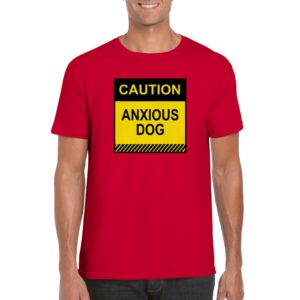
Anxious Dog Shirts only available in our shop
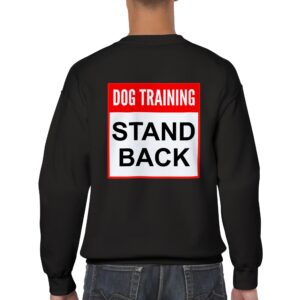
Keep people away with our Stand back shirts

